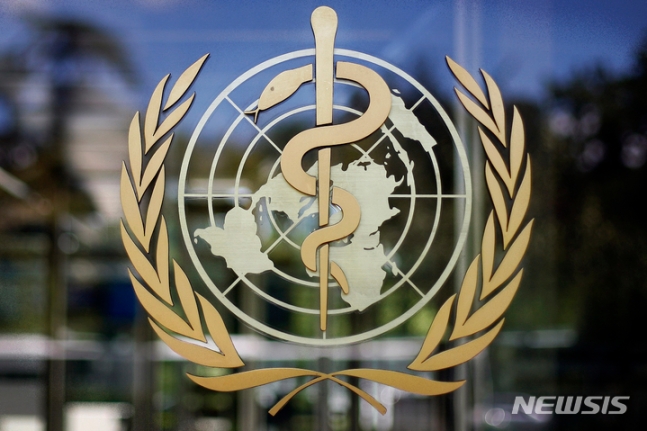
The WHO’s Decision to Lift COVID-19 Emergency
On June 4, WHO Director-General Tedros Adhanom Ghebreyesus announced the lifting of the Public Health Emergency of International Concern (PHEIC) for COVID-19. The decision is expected to accelerate the debate on the pandemic in South Korea, which has now become endemic. The government will soon hold a crisis assessment meeting to decide whether to lower the crisis stage, in line with its previously announced pandemic roadmap. This would mean a relaxation of epidemic prevention and healthcare measures, including a reduction in the one-week quarantine period to just five days.
A PHEIC is the highest level of public health alert that the WHO can issue signifying that the risk of COVID-19, which has been around for more than three years, has decreased globally. After three years and four months since January 2020, COVID-19 is no longer considered an infectious disease that requires a coordinated “emergency response” by countries. The WHO’s lifting of the state of emergency is expected to be a significant moment for domestic quarantine and healthcare systems to speed up the return to normalcy.
South Korea’s Crisis Assessment Meeting
Following the WHO’s decision, the quarantine authorities in South Korea plan to confirm the lowering of the country's COVID-19 crisis level soon.
The government has emphasized that even if the WHO lifts the state of emergency, it will still review the COVID-19 outbreak domestically and decide whether to enter Phase 1. However, given that the number of new cases has remained steadily low and the number of severe cases and deaths has remained relatively low, it seems unlikely that Phase 1 will be delayed. Once Phase 1 measures are in place, Phase 2, the de facto pandemic, will begin. In Phase 2, mandates such as indoor masks and quarantine are completely lifted, and routine healthcare systems return. Most support programs will also end except for some, such as medicines, testing, and hospitals for severely ill patients. Phase 2 will be implemented once the medical community, local governments, and others are ready after Phase 1. KCDC Director Ji Young-mi expects the second phase to begin in July.
If the Korean government approves the lowering of the COVID-19 crisis level from 'severe' to 'alert' at the crisis assessment meeting, the 'Phase 1 measures' of the previously announced roadmap will be implemented. 1단계 조치가 시작되면 확진자 격리 기간이 기존 7일에서 5일로 단축되고, 임시 선별진료소가 폐쇄됩니다. 입국 후 3일 이내 유전자 증폭(PCR) 검사를 권고하는 격리 조치는 종료되며, 거의 매일 발표되던 신규 확진자 수 등의 통계는 주간 단위로 전환됩니다. 병상 운영도 일상화되어 기간 한정 병상 수를 최소화하고 영구 병상에 집중할 것입니다. 현재 범정부 중앙재난안전대책본부가 주도하고 있는 재난 관리는 보건복지부 중앙사고수습본부에서 담당하게 됩니다. 의료기관 및 취약시설에 대한 마스크 착용 의무화 및 취약시설 보호 조치는 유지되며, 의료기관 일일 보고 체계는 계속 유지됩니다. 검사, 치료, 예방접종, 생계지원 등에 대한 지원도 유지됩니다.
한국에서 코로나19의 미래
코로나19에 대한 PHEIC의 종료와 정부의 팬데믹 로드맵은 한국이 팬데믹 단계에서 팬데믹 단계로 나아가고 있음을 시사합니다. 마지막 단계인 3단계는 코로나19가 인플루엔자 수준에 도달하면 시작됩니다. 보건 당국은 올해 3단계에 도달하기는 매우 어렵고 빠르면 내년에나 가능할 것으로 예상하고 있습니다. WHO는 비상사태 해제가 코로나19의 완전한 위험 제거를 의미하지 않으며 효과적인 위기 대응 활동을 계속할 것을 권고한다고 경고했습니다. WHO는 독감 및 기타 예방 접종 프로그램에 COVID-19 백신을 통합하고 호흡기 병원체에 대한 감시를 통합하는 등의 권고 사항을 회원국에 제공했습니다.
댓글